Phoenix launches a Citywide food drive to assist residents experiencing food insecurity during the holidays.
Resource Innovation Campus
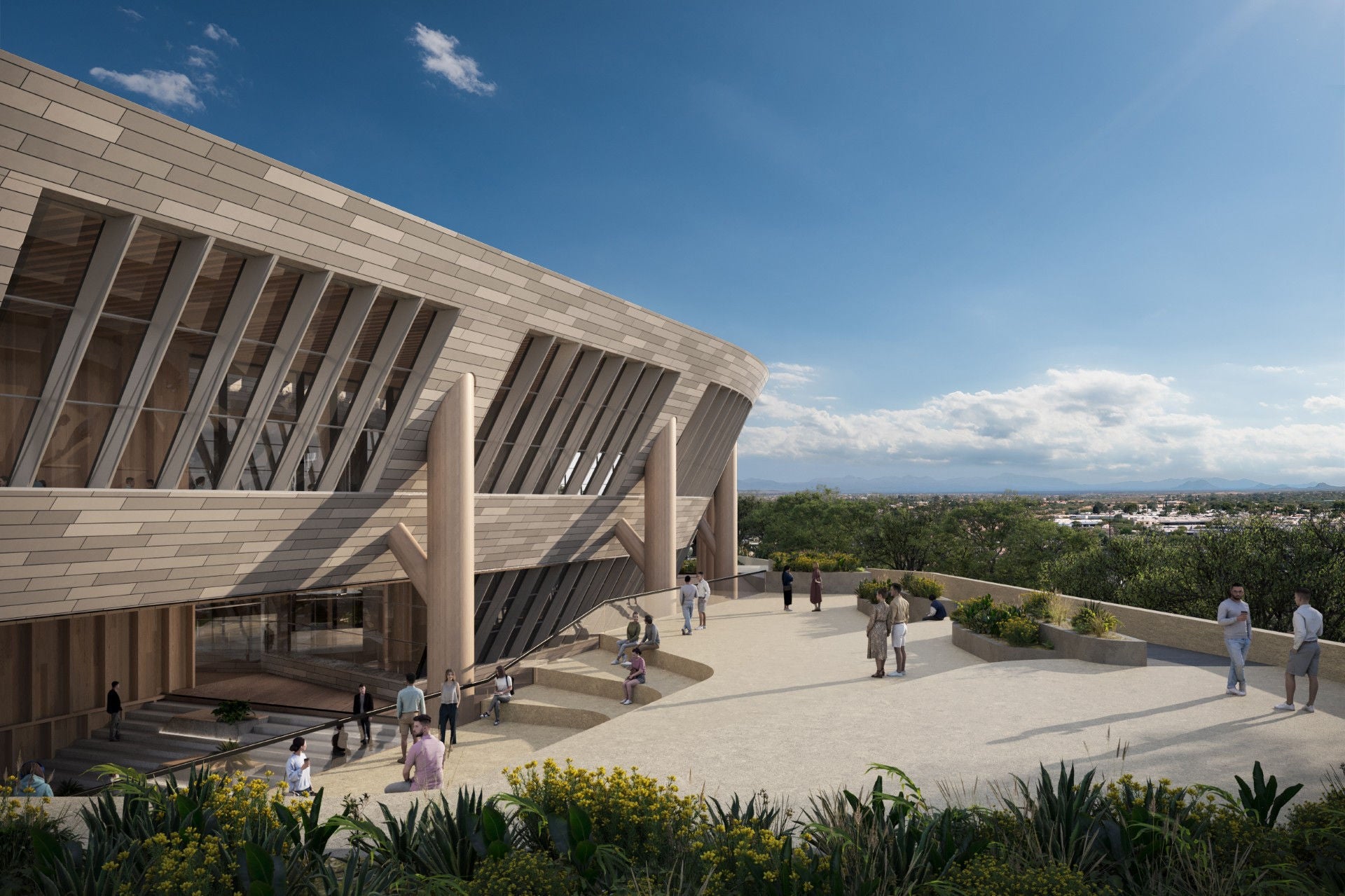
The development of the Resource Innovation Campus (RIC) was approved by Phoenix City Council in 2015. Located at 27th Avenue and Lower Buckeye Road next to the city-owned transfer station, the RIC is dedicated to the creation and growth of a circular economy that will fulfill the City's goal of diverting waste from the landfill. With the 5 components listed below, the RIC will help Phoenix reap the economic development benefits of attracting manufacturing processes and conversion technologies that transform waste into resources.
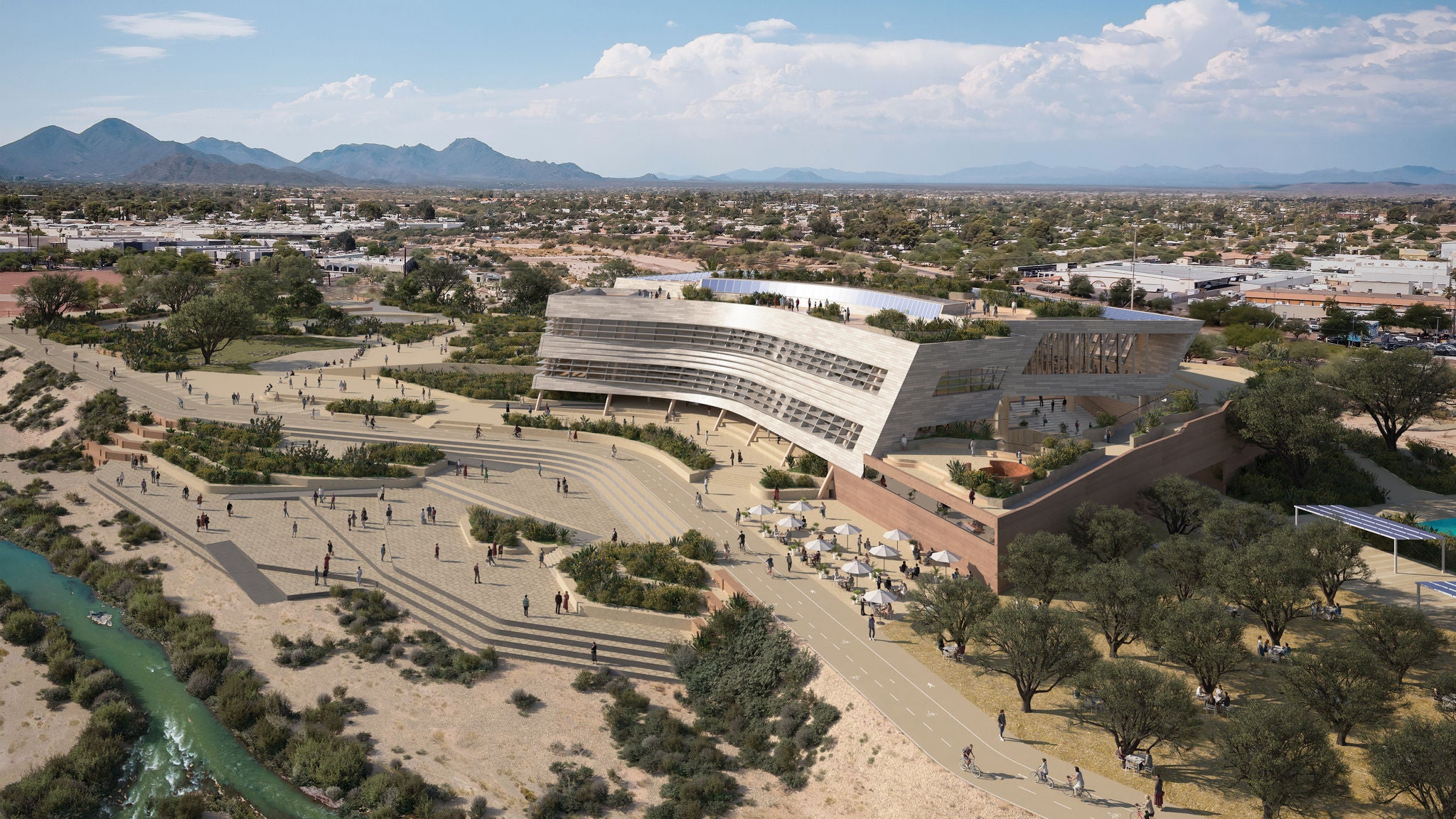
Phoenix Announces Winner of Design Contest for Resource Innovation Campus
In December 2024, the Phoenix City Council selected Arizona-based architectural firm Krause as the winner of the C40 Cities Reinventing Cities Initiative to develop Phoenix’s Resource Innovation Campus. Through its fully carbon-positive design, the campus will move the needle for the City of Phoenix’s goal of achieving 50% waste diversion by 2030 and zero waste by 2050.
The Five Components of the RIC
As innovators identify new ways to transform waste into resources, they can utilize feedstock from the transfer station for new products which will divert more volume away from the landfill and into the City's circular economy.
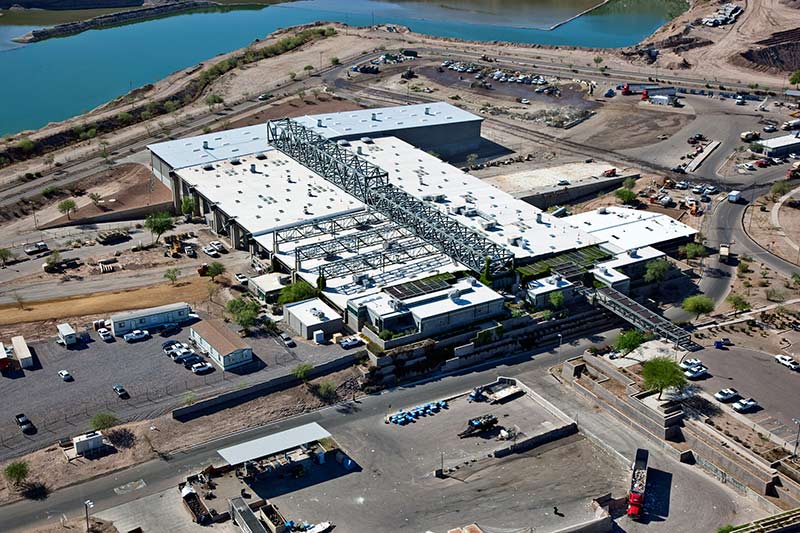
As innovators identify new ways to transform waste into resources, they can utilize feedstock from the MRF for research and development testing, new product development and cultivating local end markets.
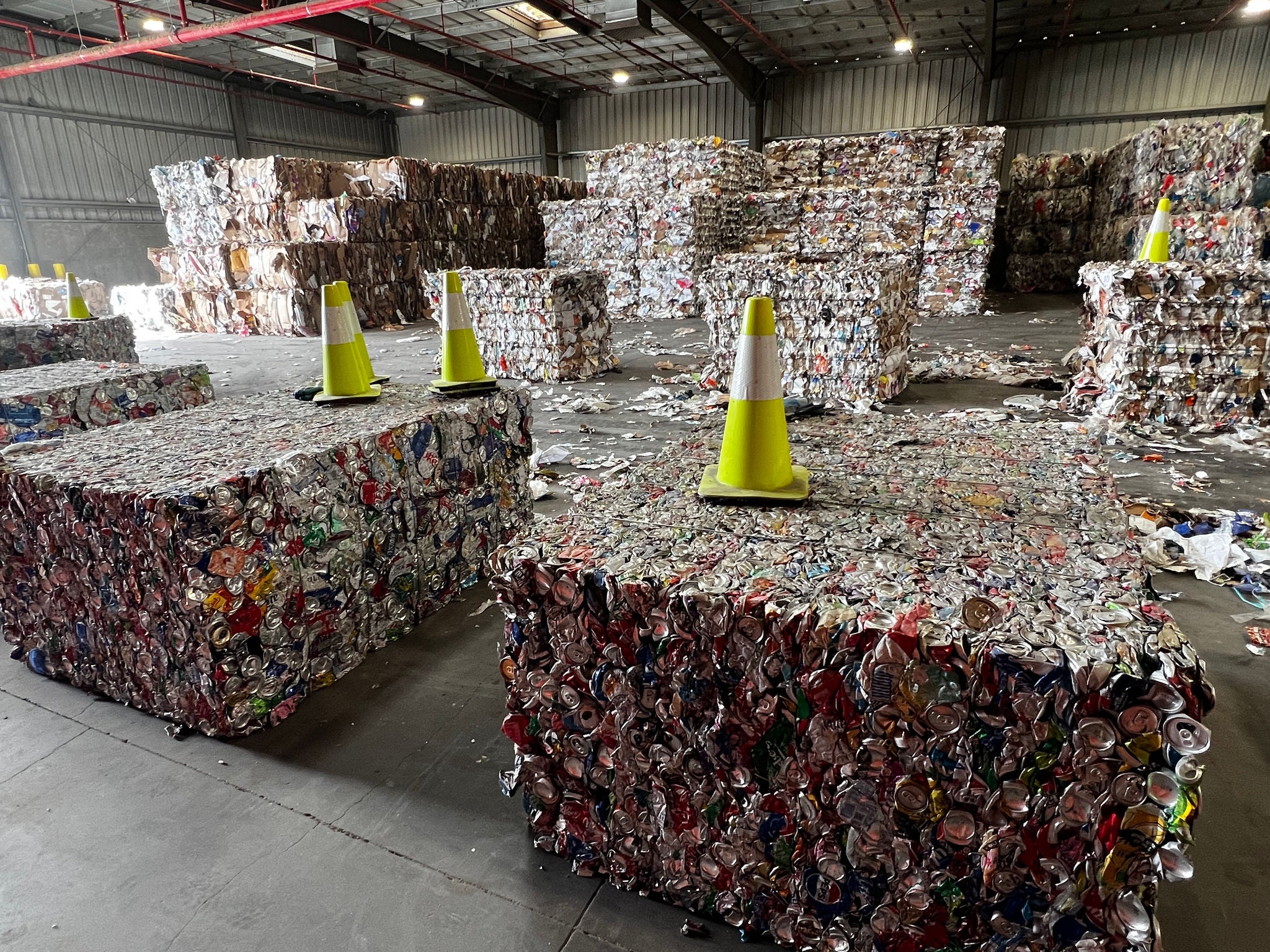 Aluminum bales at the 27th Ave MRF sit ready for shipping to recyclers.
Aluminum bales at the 27th Ave MRF sit ready for shipping to recyclers.
The 27th Avenue Compost Facility sits within the RIC. In its initial phase, the compost facility has the capability to process up to 55,000 tons of compost per year. The facility features a state-of-the art Turned Aerated Pile (TAP) composting system that makes large amounts of compost in nearly half the time as traditional composting methods.
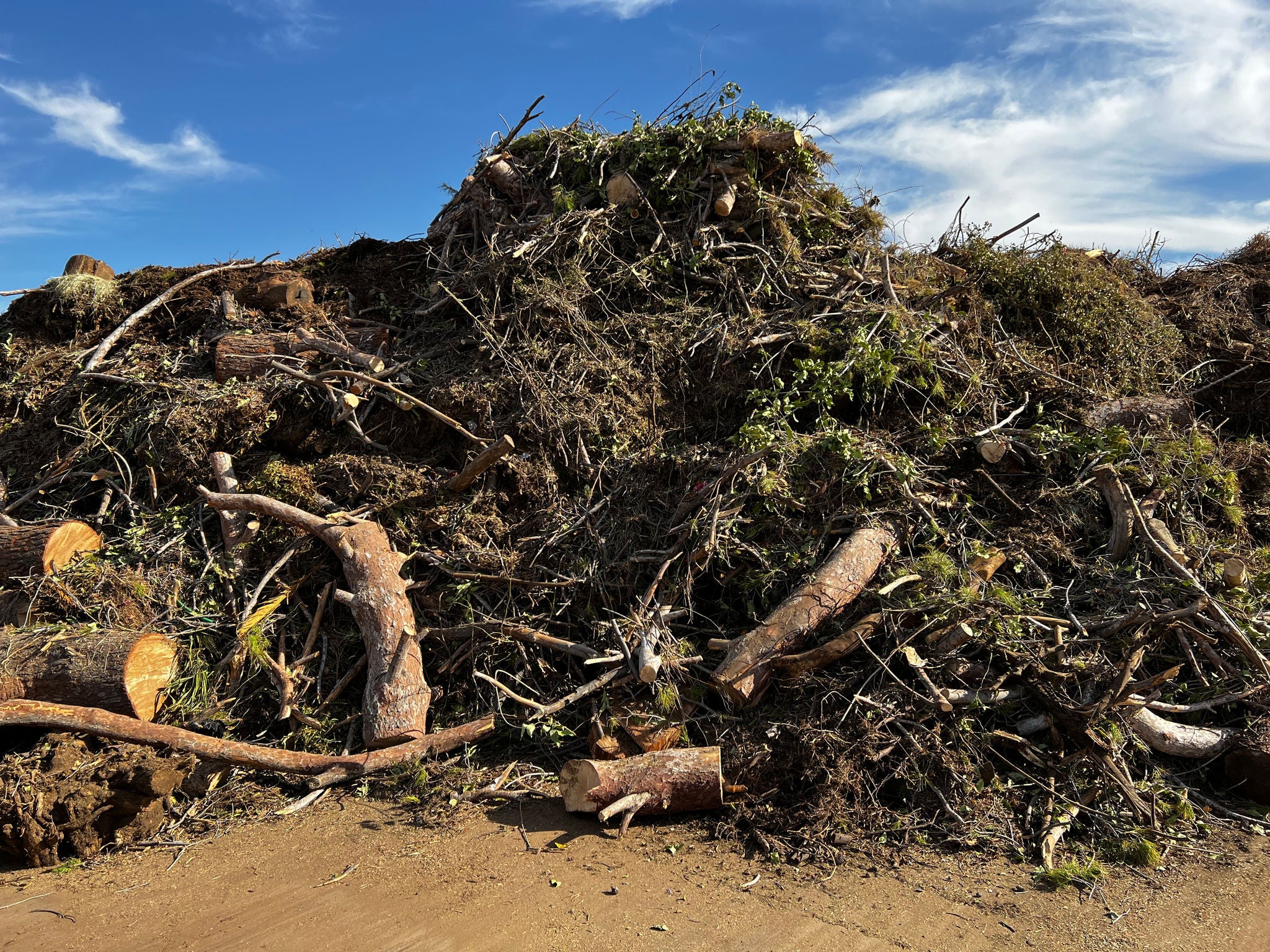
Property at and around the RIC will be used to develop a resource cluster focusing on a circular economy and by-product synergies. Land leases will be made available for innovators and manufacturers with market-ready technologies and manufacturing processes that use waste to create new products. A competitive process will determine how the land wil be developed.
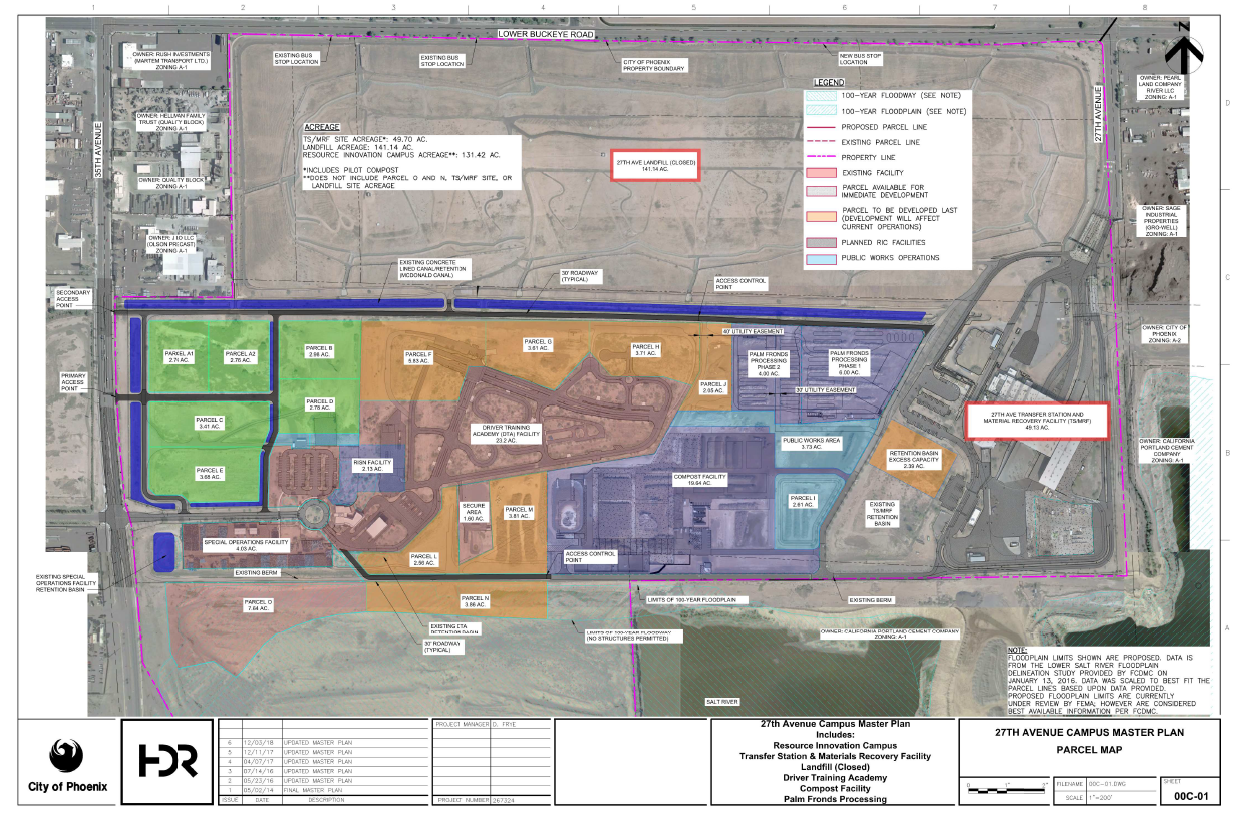
The City is exploring opportunities to house a business incubator for start-up/emerging technologies and manufacturing processes. Conceptually, the business incubator will provide office, workshop, support services, technical services and possible funding resources to innovators.
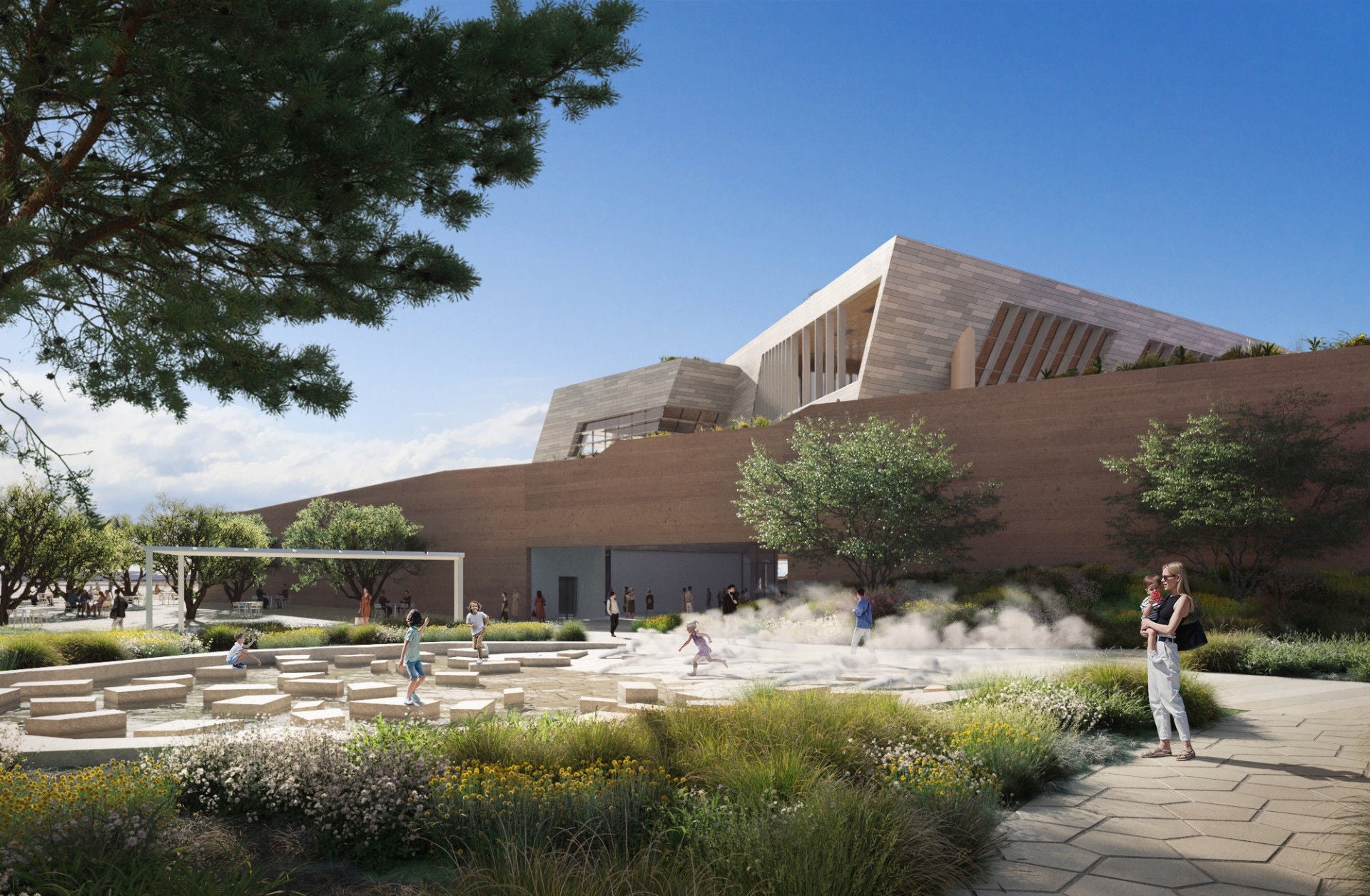 A rendering of the Resource Innovation Campus design, as created by architectural firm Krause
A rendering of the Resource Innovation Campus design, as created by architectural firm Krause